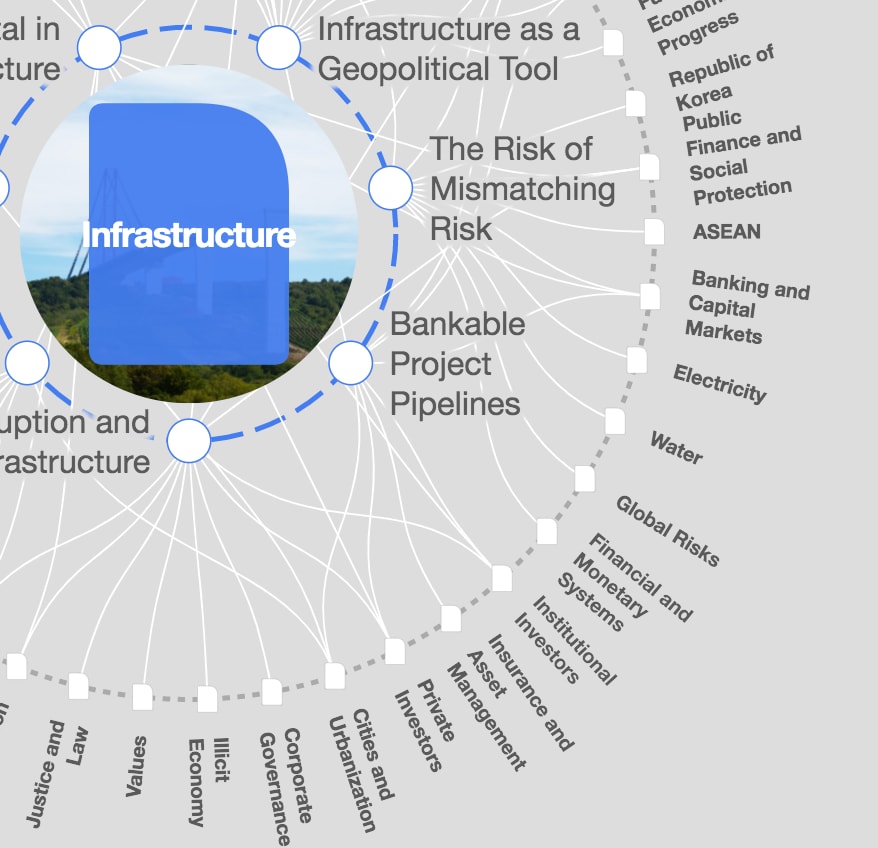The affordable 3D-printed home that could transform African urbanization

A lack of safe, affordable housing can trap people in poverty. Building homes can end that while creating jobs and income. Image: CDC Group

Get involved with our crowdsourced digital platform to deliver impact at scale
Stay up to date:
Infrastructure
- Every day around 40,000 people move to one of Africa's cities.
- There is currently not enough housing stock to go round.
- This company can 3D-print homes following an affordable, low-carbon process.
- In Malawi, it has recently 3D-printed a home and a school.
There is a housing crisis taking place across many parts of Africa. Nigeria alone has an estimated shortfall of 17 million housing units. Part of the problem is that every day around 40,000 people relocate to one of Africa’s many vibrant, growing cities. But those cities are struggling to keep up with the demand for new homes, leaving many people with nowhere to live.
The World Bank’s International Finance Corporation (IFC) says the shortage is caused in part by a lack of development in the continent’s house-building industry. But that might be about to change with the availability of new technology and techniques that could speed up and streamline the building of homes.
No place like a 3D-printed home

A joint venture involving CDC Group – the UK government’s development finance institution – and the European building materials multinational LafargeHolcim, is 3D-printing houses and schools in a fraction of the time it would normally take.
Called 14Trees, it has operations in Malawi and Kenya, and is able to build a 3D-printed house in just 12 hours at a cost of under $10,000. Its building process reduces CO2 emissions by as much as 70% when compared with a typical house-building project. It has also developed an online platform for the African diaspora, encouraging people to invest in a “home back home.”
The company’s first-ever affordable, 3D-printed home was built in Lilongwe, the capital city of Malawi. 14Trees has also recently completed its first 3D-printed school, also in Malawi. Built in a fraction of the time a traditionally built school would take, it opened its doors to students on 21 June.
Tenbite Ermias, managing director of CDC Africa, said: “The rollout of 14Trees' world-class, cutting-edge technology is going to have a tremendous developmental impact on Malawi and the wider region. It is a wonderful example of how we are investing in businesses that can support the UN's Sustainable Development Goals.”
Meeting a global need
Much of Africa has been experiencing rapid urbanization in recent decades. “As of 2015, 50% of Africa’s population lived in one of 7,617 urban agglomerations,” says a report from the US-based Brookings Institute.
But it’s not only in Africa where 3D house printing is promising to revolutionize the homes people live in. In the Mexican state of Tabasco, a collaboration between Mexican and US businesses has helped create the world’s first 3D-printed neighbourhood. Built to withstand floods, earthquakes and other natural disasters, the 50 homes have two bedrooms, a living room, plus a kitchen and bathroom.
The technique is also being used in the United States and Europe to create unique homes for private buyers and to help alleviate the problem of homelessness. Meanehile in India, the country’s first 3D-printed home was completed in five days in the city of Chennai.
The 14Trees building projects are one example of public-private cooperation helping to create jobs as well as housing across Africa. The IFC is working with a Chinese multinational construction and engineering company, CITIC Construction, and plans to build 30,000 homes over a five-year period by partnering with local businesses across Africa, and estimates that each housing unit will create five full-time positions, equating to 150,000 new jobs in all.
What is the World Economic Forum doing to promote sustainable urban development?
“As sub-Saharan Africa becomes more urbanized, the private sector can help governments meet the critical need for housing”, Oumar Seydi, IFC Director for Eastern and Southern Africa writes on the IFC website. “The platform will help transform Africa’s housing markets by providing high quality, affordable homes, creating jobs, and demonstrating the viability of the sector to local developers.”
Don't miss any update on this topic
Create a free account and access your personalized content collection with our latest publications and analyses.
License and Republishing
World Economic Forum articles may be republished in accordance with the Creative Commons Attribution-NonCommercial-NoDerivatives 4.0 International Public License, and in accordance with our Terms of Use.
The views expressed in this article are those of the author alone and not the World Economic Forum.
Related topics:
The Agenda Weekly
A weekly update of the most important issues driving the global agenda
You can unsubscribe at any time using the link in our emails. For more details, review our privacy policy.
More on Geographies in DepthSee all
Klaus Schwab
September 20, 2024
Sarah Rickwood, Sue Bailey and Daniel Mora-Brito
August 13, 2024
Mthuli Ncube
August 13, 2024
John Letzing
August 12, 2024
Mohamed Elshabik
August 9, 2024
Camilo Tellez-Merchan and Gisela Davico
August 7, 2024







